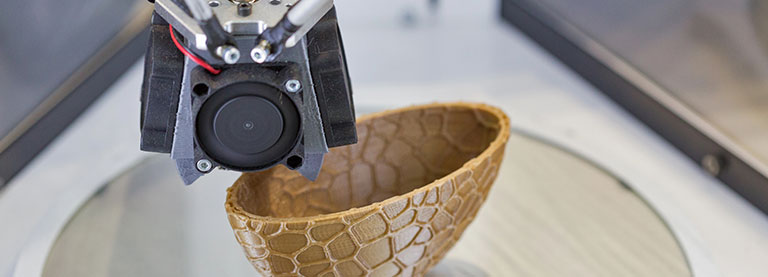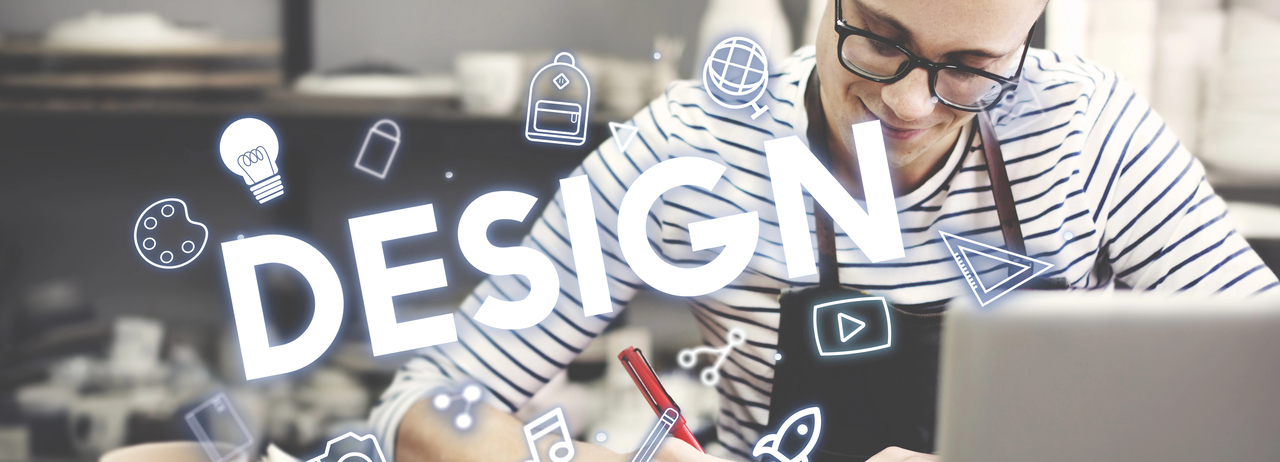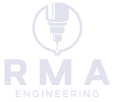
The Ultimate Guide to Choosing the Right 3D Printing Service

In product development, prototyping plays a vital role in guaranteeing the final product meets both design and functionality requirements. The benefits of prototyping go beyond just testing ideas. They help refine designs, improve manufacturing efficiency, and reduce the risk of costly mistakes.
No matter if you’re in the early stages of product development or preparing for mass production, learning how to prototype can significantly impact the outcome of your project.
Early Detection of Design and Manufacturing Problems
One of the first advantages of prototyping is its ability to help identify design flaws early on. In the absence of a prototype, it’s easy to overlook potential issues with product functionality, form, or ergonomics. Creating a prototype provides a tangible version of the design. This allows you to test it in real-world conditions before committing to full-scale production.
Detecting problems at this stage, you avoid the costs associated with the large-scale production of faulty products. Instead of investing resources into building products that won’t meet user expectations, prototyping helps minimize risk, ultimately saving both time and money.
Better Budgeting and Time Management
When you develop a prototype, you gain a clearer picture of the costs and time needed for full-scale production. Prototypes can help you estimate material requirements, staffing needs, and the production timeline. It guarantees that the entire process stays on track.
Additionally, prototypes provide the ability to test different materials and manufacturing processes. This will give you a better understanding of what works best for your product.
Without prototyping, you risk running into delays and cost overruns once production begins, especially if the design isn’t fully optimized. With a working prototype, you're more likely to stay within budget and meet deadlines. This is because any potential issues have already been addressed.
Testing for Durability and Functionality
When you build a prototype, it allows for testing the durability and performance of your product under real-world conditions. Whether it’s making sure that a part fits correctly or that a material can withstand the intended use, prototypes give you the opportunity to test and validate before mass production.
For example, in industries like automotive or electronics, prototypes are subjected to specific tests (like crash tests or durability trials) to make sure that the product performs as expected. This early testing phase can save you from producing products that might fail under customer use. Otherwise, such failures could lead to costly recalls or damage to your brand’s reputation.
Refining Product Design
Another key benefit of prototyping is its ability to refine product design. Once you have a prototype, you can easily identify any aesthetic or functional issues that need to be improved. No matter if it’s adjusting the size, tweaking the ergonomics, or modifying the color, a prototype gives you the flexibility to make these changes before finalizing the design.
In addition, prototyping allows you to experiment with different design options without committing to a full production run. For example, you can test multiple versions of a part or feature to determine which works best for your target audience. This provides valuable insights for refining the product.
Enhanced Collaboration and Feedback Integration
Prototypes serve as a great tool for gathering feedback from both stakeholders and potential users. By involving people early in the design process, you gain insights from real-world users, engineers, or even investors. These insights can lead to further improvements.
For example, if you’re designing a consumer product, a prototype allows you to gather valuable feedback on usability and functionality. Stakeholders and customers can physically interact with the prototype. They can offer opinions on everything from the overall design to specific features.
Incorporating this feedback early on helps shape a product that resonates with your target audience and solves their real needs.
Easier to Attract Investors
One of the more subtle benefits of prototyping is its ability to attract investors. A functional prototype makes it easier for potential investors to see your product's value and understand the market need. Prototypes act as visual and tangible proof that your concept works. They deliver reassurance to those considering funding your project.
An investor is more likely to get behind a product that has already been tested and refined through prototyping. When you show a working model, it demonstrates that you’ve thought through the design and addressed potential issues, making it a more attractive investment.
Reducing the Risk of Reworking the Final Product
Reworking a product after it’s been mass-produced can be incredibly expensive. However, Incorporating prototyping early in the development process, you drastically reduce the chances of needing major changes later. This is especially important once the product is already in production.
Prototyping allows you to confirm that all elements of your product—function, aesthetics, materials, and user experience—work together seamlessly. If any part of the product isn’t up to standard, you can tweak it in the prototype phase instead of having to rework entire production runs later on.
Rapid Prototyping with 3D Printing
One of the most significant advancements in prototyping has been the introduction of 3D printing. This technology allows for the rapid creation of physical prototypes directly from digital models. In as little as a single day, 3D printing can produce a functional prototype that can be tested and refined.
3D printing is particularly useful in early-stage prototyping, as it’s a cost-effective method for creating small runs of products. This approach is highly beneficial for startups or small companies with limited budgets. At RMA Engineering, we offer 3D printing prototype services and allow businesses to rapidly test and refine their ideas before taking them to market.
Attracting More Stakeholders
Creating a prototype also helps engage stakeholders more effectively. Be it a project team, investors, or even customers, having a physical prototype allows everyone involved to visualize the product and its potential. This helps align all parties on the direction of the project and fosters better decision-making.
Prototyping can also help secure partnerships and manufacturing contracts. With a working prototype, you show potential partners that your product is ready for production. This makes it easier to negotiate favorable terms and move forward with confidence.
Ready To Begin Your Prototype?
The benefits of prototyping are undeniable. No matter if you're refining your design, testing for functionality, or securing investment, prototyping makes sure that you have a clear, actionable path to a successful product. It reduces risks, enhances collaboration, and provides critical insights into your design before the final product hits the market.
If you're looking to streamline your product development process, improve your design, and take advantage of the latest prototyping technology, check out the services delivered at RMA Engineering. We specialize in 3D printing, prototyping, and manufacturing, providing a more personalized experience that can help bring your ideas to life at an affordable cost.
Feel free to reach out for a quote or consultation on how we can help turn your concept into a sellable product.
Recent Posts


The Key Stages Of Product Development: A Complete Guide

How To Design A Product That Stands Out In The Market
Contact Us
For custom quotes please fill out the form below. Or email us at info@rmaengineering.tech.

